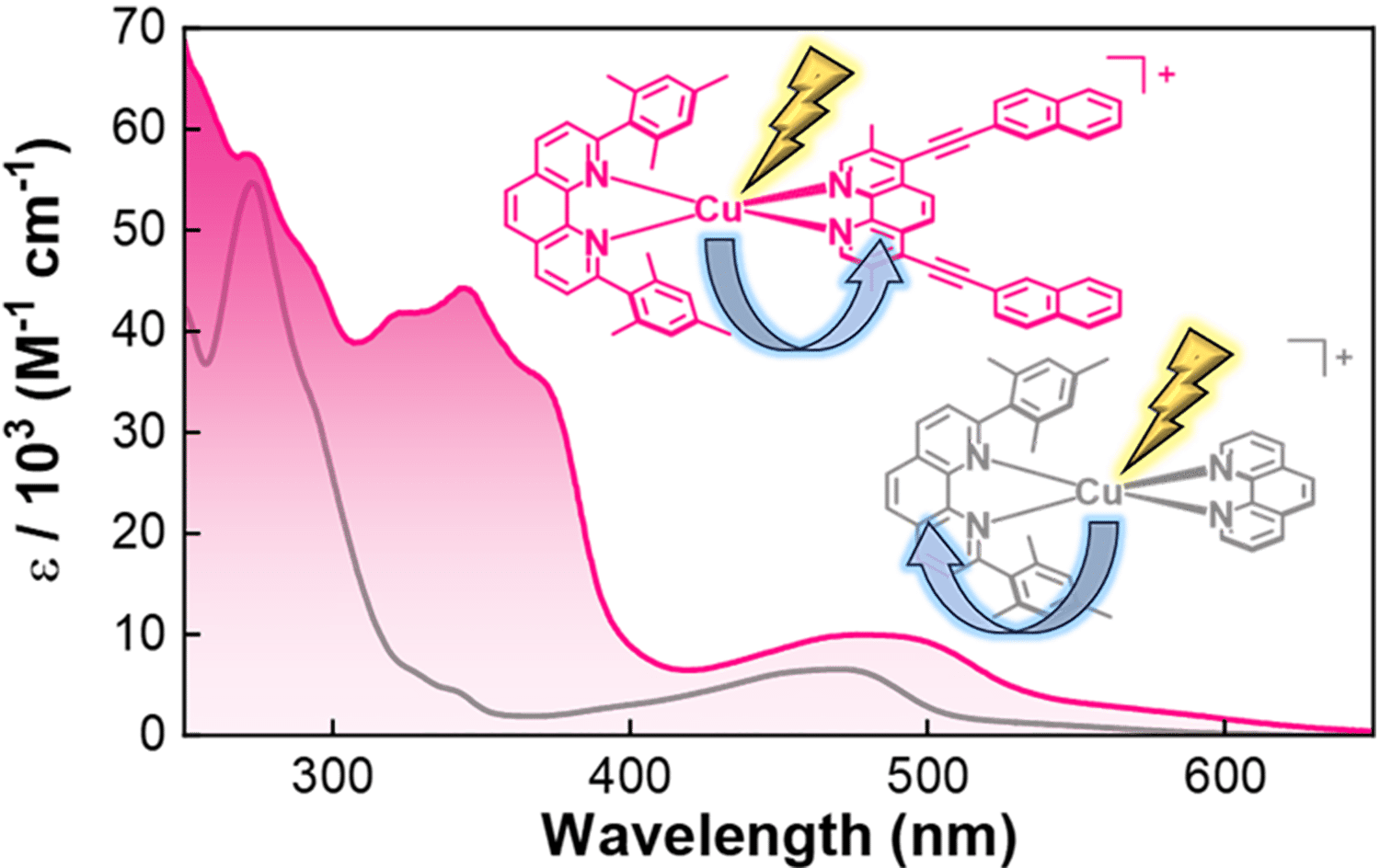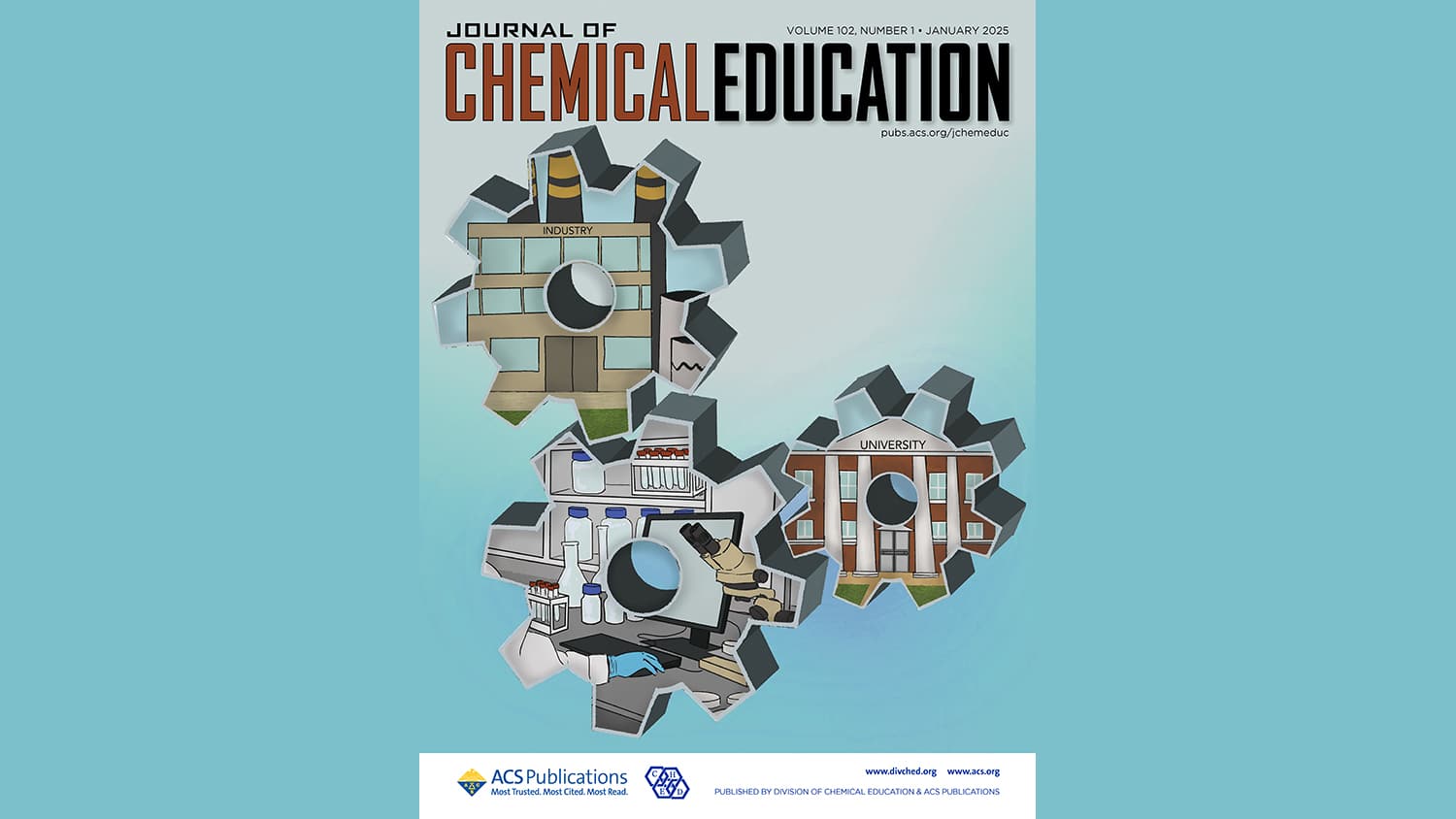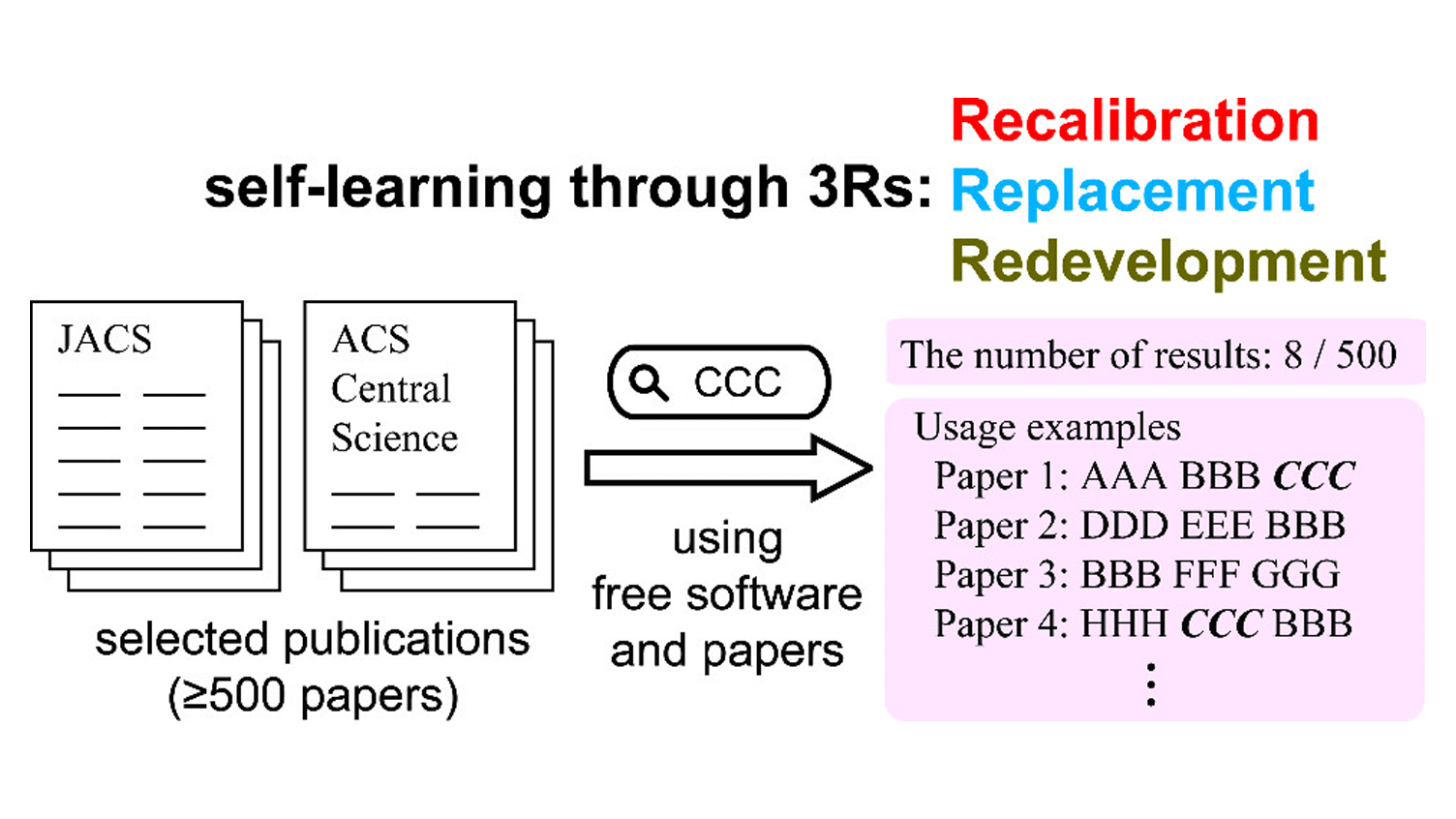Enhancing Visible Light-Harvesting Capabilities

By capturing the power of our sun, the largest source of energy in our solar system, our society can avoid the incoming energy crisis. Producing metal-organic molecules composed of earth-abundant metals, such as copper, can be an effective and inexpensive method to absorb solar energy.
The Castellano research group at NC State conducted a study on how to enhance the visible light-harvesting capabilities of a series of Cu(I) complexes utilizing the HETPHEN approach, a synthetic approach to create Cu(I) chromophores with two different ligands.
By using computationally guiding ligand design, they were able to confirm specific ligand modification at the 4- and 7-positions of the phenanthroline, which can enhance the overall light absorption relative to the unsubstituted complex. Experimental results confirmed that these substituted chromophores enhanced the absorption strength by as much as 50% in the visible light region (390 – 750 nm).
This series of Cu(I) HETPHENs may be further improved, as they displayed impressive photoreductive capabilities, with potential as photocatalysts for future synthetic applications.
The paper, “Enhanced Visible Light Absorption in Heteroleptic Cuprous Phenanthrolines,” appears in the journal Inorganic Chemistry. The paper was co-authored by Michael C. Rosko, a former Ph.D. student at NC State, Jonathan P. Wheeler, Reem Alameh, Adrienne P. Faulkner, Nicolas Durand, and Felix N. Castellano at NC State.
- Categories:


